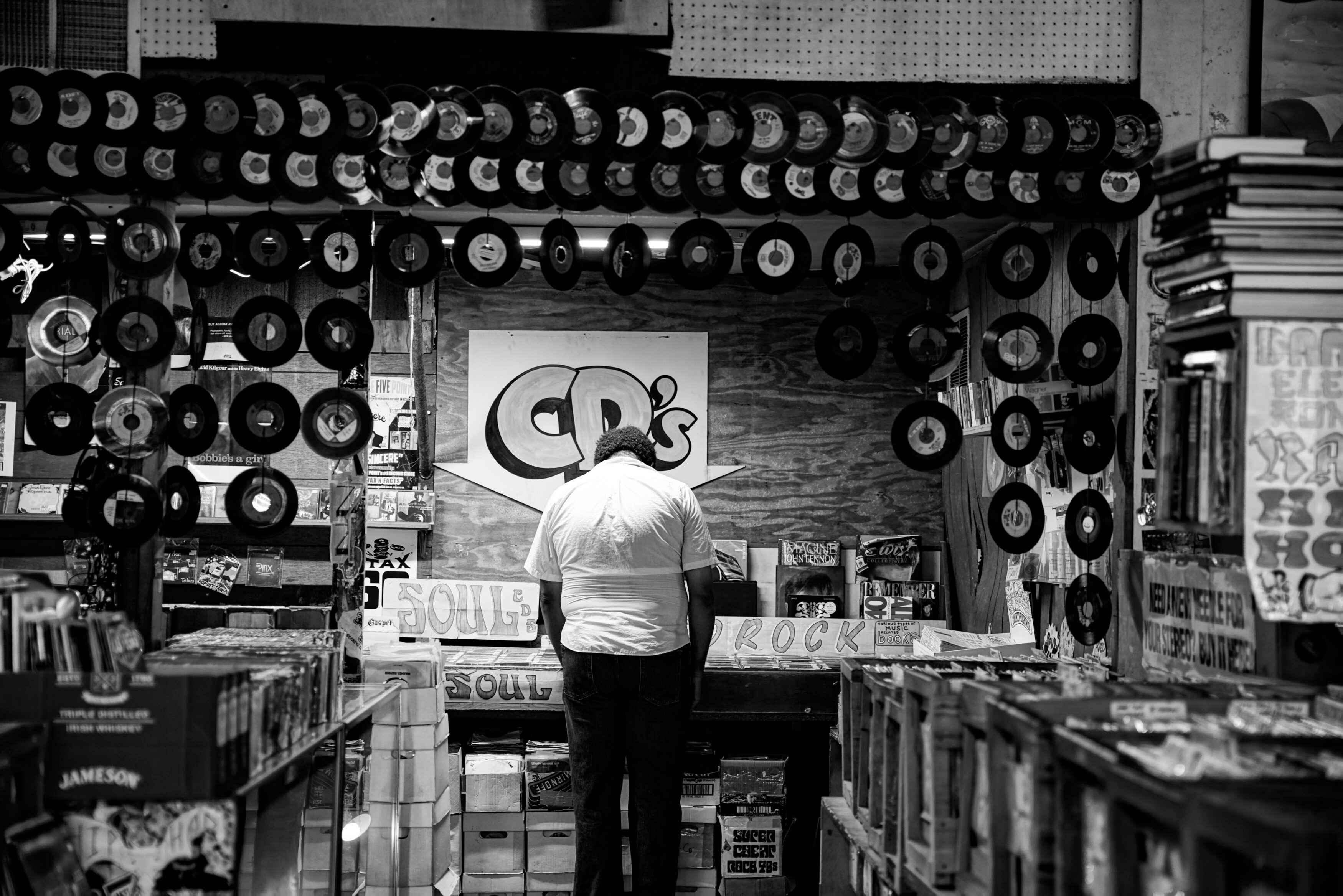
Ever caught yourself vibing to a song you swore you knew, only to realize it’s a fresh take on an old classic? Music has a way of capturing the human experience in a way that transcends time and culture. That’s why certain songs stick with us, even as new generations come along and give them their own twist. How do new versions reflect the unique experiences of their artists while staying true to the spirit of the original? Let’s break down a few iconic tracks and their evolution over time.
“At Your Best (You Are Love)”
The Isley Brothers’ “At Your Best (You Are Love)” set the standard for love ballads in 1976, with its smooth harmonies and tender vocals, capturing pure romantic sentiment. Fast forward to 1994, and Aaliyah turned the song into an R&B anthem. Her soft, angelic delivery introduced vulnerability, while her signature acapella opening pulled listeners into a more intimate space. Frank Ocean, stripped the song to its emotional core in 2015, using sparse production to make every note feel haunting and raw. Each version keeps the essence of sincere love and adoration, but the way it’s expressed is completely reflective of its time, its artist and the listener’s state of mind.
“Crimson and Clover”
Few songs have been reinvented as many times as Crimson and Clover. The original, a dreamy psychedelic tune about a love story unfolding in the rush of a single day by Tommy James and the Shondells, became an anthem of the late ’60s. Joan Jett cranked up the rebellion in 1981, giving it a gritty, punk edge. Prince brought his signature sensuality to it in 2006, while The Shacks’ gave it a lo-fi, wistful vibe perfect for a new generation. The way each artist plays with its melody, whether leaning into rock, funk or indie, shows just how adaptable a song can be while keeping its emotional pull intact.
“Twist and Shout”
Most people know Twist and Shout from The Beatles’ raw, infectious rendition, but it was once again the Isley Brothers who first brought it to life in 1962. Their version is pure, high-energy R&B, with call-and-response vocals that make it impossible to sit still. The Beatles made it even grittier and faster, giving the British Invasion one of its defining hits. But in 1993, Chaka Demus & Pliers transformed the track with a reggae flair, making it a laid-back, tropical jam. No matter how it’s interpreted, some songs just have an enduring power to move people, no matter the genre.
“Clay Pigeons”
Blaze Foley’s original Clay Pigeons is a mournful country/folk tune, capturing the loneliness and longing of a man reflecting on his life. John Prine’s 2005 cover added warmth to that melancholy, offering a sense of hope through his folk-Americana lens. But when Michael Cera covered it in 2014, the song took on a new life for a younger, indie-loving audience. Stripped down with lo-fi production, Cera’s version feels intimate, introspective and almost conversational. The song may be simple in its structure, but its emotional complexity continues to resonate, whether you’re hearing it on TikTok or spinning the original vinyl.
And for more cover gems I can personally attest to because I saw them live, check out: Britney Spears’ Baby One More Time by The Marías and The Cure’s Just Like Heaven by Dinosaur Jr.
The same emotions that these artists felt decades ago are still here, but they’re articulated uniquely, making them timeless, yet modern. So next time you’re feeling those same old feelings – love, heartbreak, joy, whatever – remember there’s probably a whole playlist of different versions waiting to speak your language. From R&B to indie rock, from the ’60s to today, great songs have a way of evolving right alongside us, always ready to hit us right in the feels.
